Congrats on starting your hiking journey! The Ten Hiking Essentials is a compilation of emergency and first aid items that will help you in case of minor injuries, weather changes, or unexpected situations. These ten essentials are the basic items you should have with you while hiking.
I feel much better on my hikes knowing that I have equipment that could save my life in case something happened. Thank goodness up to this point, I’ve never had an emergency while hiking! Some of these items are obvious- such as food and water, while others can be overlooked.
Don’t mind the memes that mock the prepared hiker. It’s your well being at stake- and even the safety of others! You never know when you’re going to use the gear you bring. For instance, I’ve given extra water out on the trail to hikers who didn’t bring enough. So, you will not only be prepared for your sake, but you never know when you could be helping someone else out. ?
So- here’s a list of the Top Ten Hiking Essentials that every hiker should pack and carry with them on hikes (regardless of experience). These items will provide you with a solid foundation to ensure your safety and preparedness while on the trail.
{Some of the links in this guide go to my trusted affiliates. You pay nothing extra, and PeakFitnessOutdoors.com may make a small commission. Thank you so much for supporting this website and helping to inspire others to be healthy outdoors!}
Top Ten Hiking Essentials
1. NAVIGATION
Even if you’re sticking to well-marked trails, it’s still important to carry navigation tools like a map, compass, or GPS device. Depending on where you are hiking, you may want to carry all three.
Yes- we always have our phones with the Trail Apps, but you should not completely rely on electronic devices.
These tools will help you stay on course and navigate in case you get lost or disoriented on the trail. Get familiar with how to use them so you can confidently navigate your way back if you get lost.
Carrying a map with you might seem old school, but it’s super reliable (if you know how to read one). You can start out on a route from the guide book, but may find once you get out there it’s not as easy as they made it look.
A detailed map of the area can be a life saver if you get lost. Make photocopies from the guidebook if you need to; and make sure that important details such as the contour lines, trail markings, and place names are legible.
If you don’t know how to use a compass or read a map, I always like to refer people to REI’s Navigational classes.
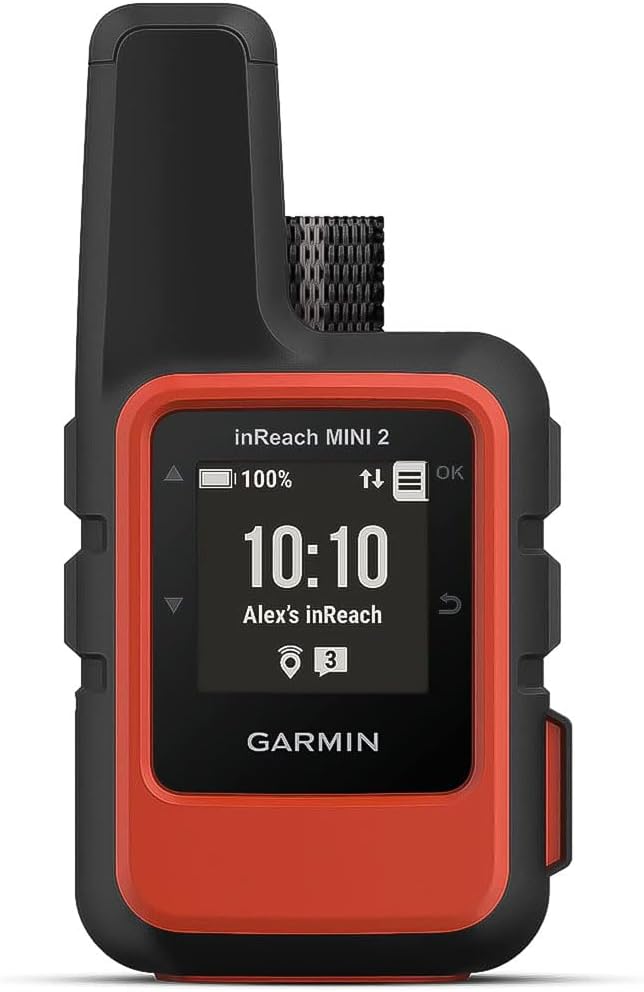
2. SUN PROTECTION
Back in the day- I would lay out in the sun and never wear sunscreen. I know I damaged my skin as a result. Don’t make the same mistake. I always wear sunscreen now- especially before I hike.
Shielding yourself from the sun’s harmful UV rays is imperative. Proper protection against the sun includes wearing sunglasses, a hat, sun protected clothing, and sunscreen.
The results of not using sun protection could result in sunburns, premature aging, skin cancer and cataracts/eye issues.
Sunscreen: You should apply a sunscreen that is at least rated SPF 30 and also has a formula to block UVA and UVB rays. If you hike during the winter, you still want to wear SPF because the sun’s rays reflect off the white snow. Even on cloudy days, UV radiation can still reach your skin, so try to apply sunscreen regularly throughout your hike.
Sunglasses: Protect your peepers from harmful ultraviolet light. If you are planning to go on a long trek on snow or ice- then you’ll need extra dark glacier glasses. Make sure you buy sunglasses that block 100 % of ultraviolet light (UVA and UVB). I have a two pair of Ray Bans that I love to wear for my hikes.
Sun protection clothing: Can block UV rays from reaching your skin (if you want to use less sunscreen). Hiking attire is available in materials that are lightweight, synthetic, and have UV protection.
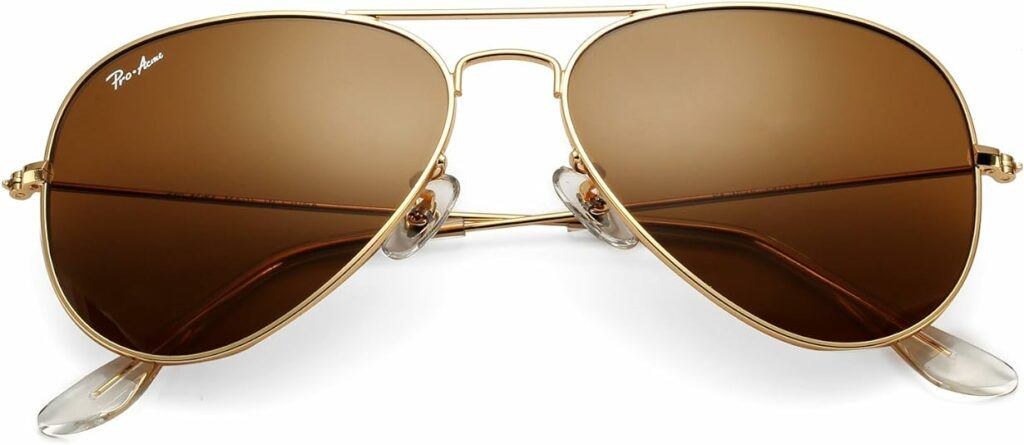
3. INSULATION
Nature’s unpredictability demands readiness for sudden weather changes.
Carrying extra clothes and rain gear is great insurance against a rough unplanned night outdoors. Dress in layers and choose clothing made from moisture-wicking and quick-drying materials to stay comfortable in changing weather conditions.
All it takes is a wrong turn, twisted ankle or a high river to extend your trip. Packing extra insulating layers like a fleece jacket, gloves, rain shells, and thermal underwear. Also, a winter hat will help you to retain body heat.
If your entire body is insulated, but your head is bare, you will burn a lot more energy trying to keep your head warm.
Even during the summer, it’s still a good idea to pack these extra insulating layers. In AZ, the temps in the desert drop significantly at night.
If you actually hike during the winter, you should take a sleeping bag with you in addition to extra warm layers and a hat.
With bringing these extra layers of insulation, you’ll be prepared for rain, wind, or sudden drops in temperature.
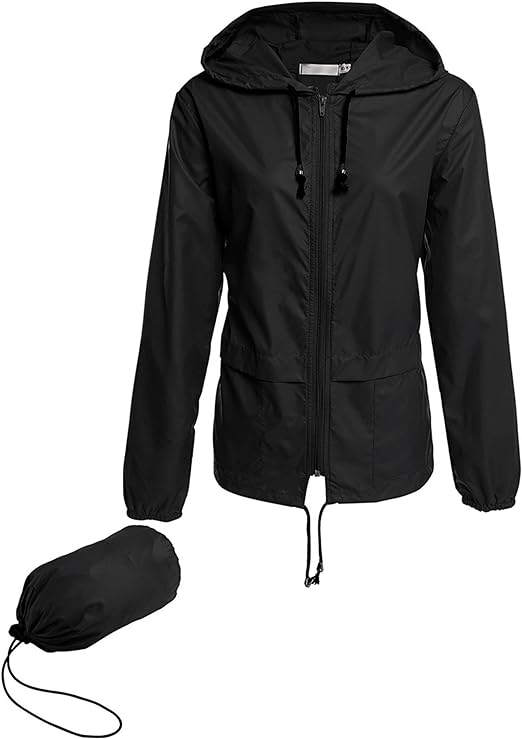
4. ILLUMINATION
You should always pack a reliable light source in case you’re still hiking when the sun goes down and you are miles away still from your car or campsite. You should pack a light and extra batteries even on those day hikes when you expect to be back well before dark.
In my opinion, headlamps are way better than using a flashlight. With a headlamp, your hands are still free and they are more durable, have better lighting systems and more convenient overall.
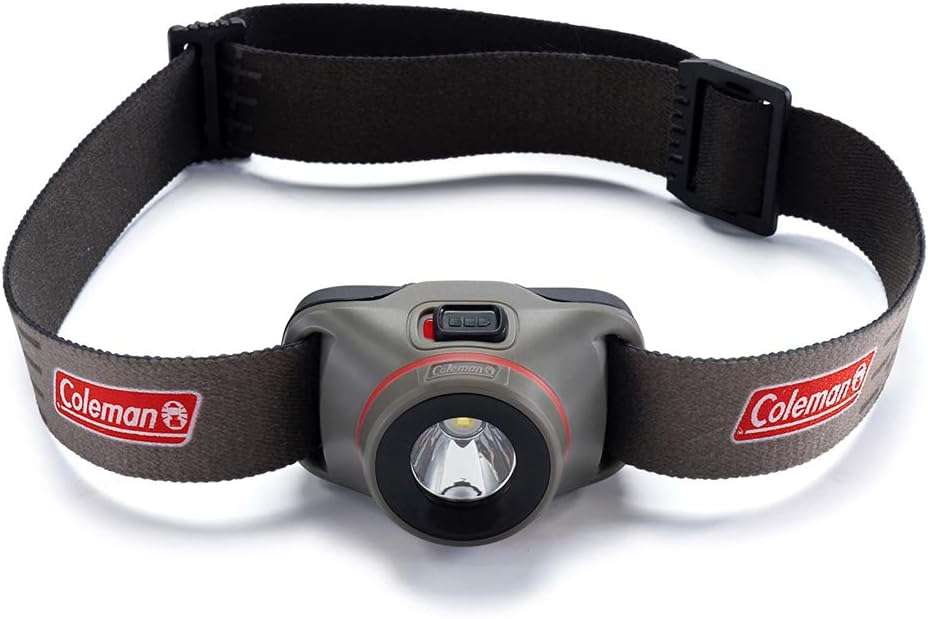
5. FIRST-AID SUPPLIES
Accidents can happen on the trail, so it’s essential to carry a basic first aid kit with supplies like bandages, antiseptic wipes, blister treatment, and pain relievers
Prepare for emergencies by carrying a complete first-aid kit tailored to your needs. Check expiration dates on a regular basis and replenish supplies as necessary.
Wallet size kits are great for day and weekend hikes, while toilet -kit sizes are more appropriate for the trips that last a week or longer.
The following are the types of injuries that your first aid kit should be able to treat depending on the length of your hike:
- Day Hike: Blisters, cuts, sprains, scrapes, insect bites, muscle aches or swelling, and allergic reactions.
- Weekend Hike: All day-hiking injuries, plus bleeding wounds, burns, infections, diarrhea, and dehydration.
- Week long Hike: All weekend hiking injuries and severe bleeding and bone fractures.
Solo hikers should always carry a first aid kit on all hikes, even on short day trips. In a group, there should be at least one kit for every 2-3 hikers. It’s also a good idea to carry a compact guide for how to deal with emergencies.
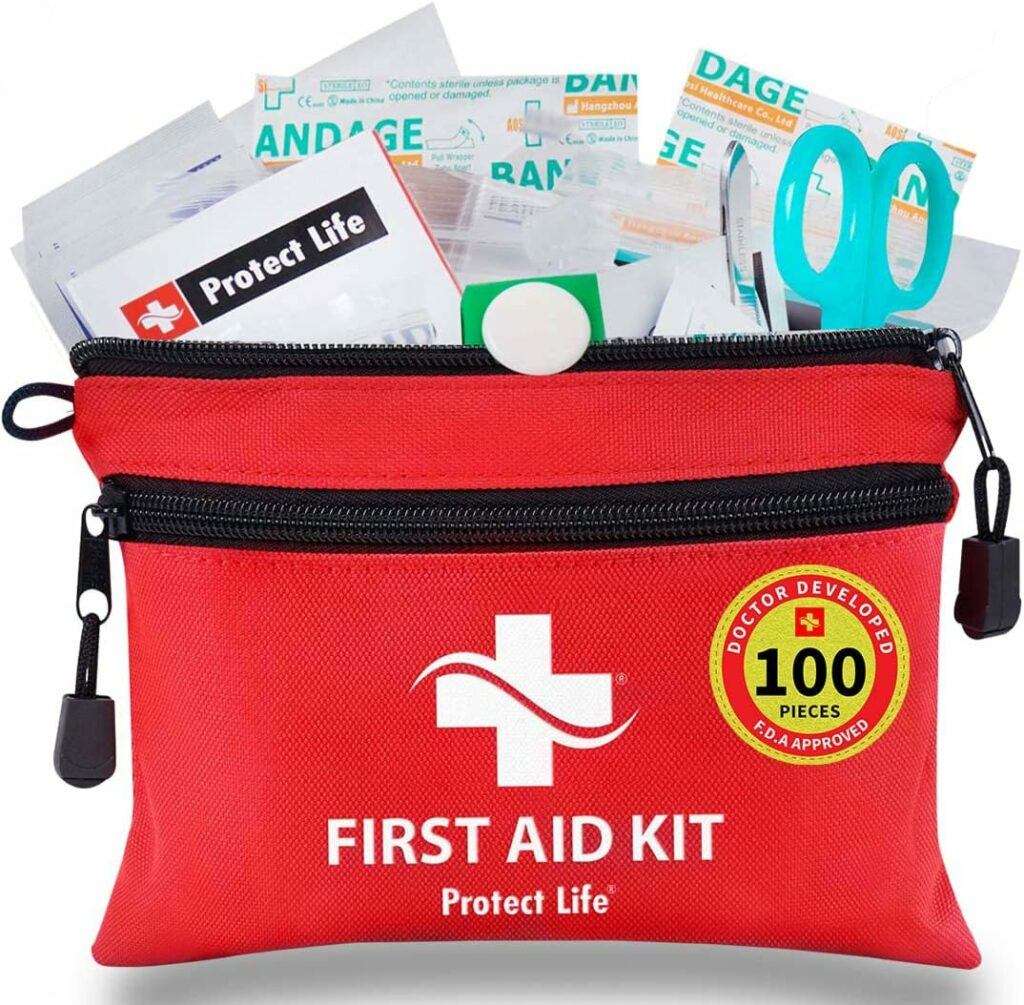
6. FIRE STARTERS
Fire serves multiple purposes, from signaling for help to providing warmth and cooking. Carry waterproof matches, lighters, and fire starters.
Your ability to start a fire is critical to survival in many instances. You should carry a reliable ignition source and tinder that can burn easily.
A butane cigarette lighter is the fire starter of choice for many hikers; they are handy for lighting up gas-powered cook stoves and can also light regular fires as well. They are durable, inexpensive, and can be purchased anywhere.
Another option is to use waterproof matches stored in a plastic container. The waterproof matches have the ends dipped in wax or nail polish. Before using, you must remove the coating to expose the striking surface.
As far as tinder, you can buy commercially or create your own form simple household items:
- Lint from your dryer
- Cotton balls (soaked in petroleum jelly)
- Steel Wool
- Birthday candles
- Cardboard that is wax-coated

7. REPAIR KIT AND TOOLS
Equip yourself with a basic repair kit consisting of duct tape, knives, screwdrivers, and scissors. Consider a multi-tool for versatility and include any specialized tools relevant to your trip.
Knives come in handy for food prep, first aid, and other various emergencies. The ideal hiking knife should have a small, sharp, 2-3 inch-long blade. Even a better option is to have a multitool. These combine a knife with other useful gadgets like files, pliers, and scissors. They can come with many different features, but here are the most important to have:
- Sharp Blade for cutting and slicing
- Serrated blade for sawing wood or fabric
- Pliers for hot handles, containers
- Ruler for measuring the distance on a map
- Can opener
Gear Repair Kit: This kit should have a few basic, but versatile items that can fix gear problems long enough until you get home. If you are day hiking, then you may not need to bring a gear repair kit. Chances of something breaking are fairly slim. However, if you are going on a weekend hike, then these are the items I recommend bringing along:
- Extra shoelaces
- Needle and thread
- Safety pins
- Plastic zip ties
- Tubes of seam grip
- Nylon adhesive patches and nylon tape
- Multi-Tool or Knife: A multi-tool or knife can come in handy for various tasks on the trail, such as cutting rope, repairing gear, or preparing food. Choose a lightweight and compact tool that includes essential features like blades, scissors, screwdrivers, and pliers.

8. NUTRITION
Pack ample food supplies, including non-perishable items with high nutritional value. Prepare for unforeseen circumstances by carrying an extra day’s worth of food, focusing on easy-to-eat options suitable for sustaining energy levels.
Nutritious & high-energy snacks like trail mix, energy bars, or dried fruit will help to fuel your hike and prevent hunger and fatigue along the way.
The amount of food you bring on a hike should match the number of days you spend on the trail-plus extra in case of emergency. One of my good friends lost her bear canister with all her food day two of a week-long hiking trip.
Her and her husband had to get food from other hikers until they reached their destination. On a backpacking trip, you should bring at least one extra meal and pack this separately so you don’t end up eating it for a snack.
Some of the food you bring should have the following:
- High Calorie Content
- Long Shelf Life
- Edible w/out adding hot water
- Include protein
- Wont melt or freeze
Choosing emergency rations that won’t spoil ensures that you won’t need to replace every time you go for a hike and it will still be good when you need it.
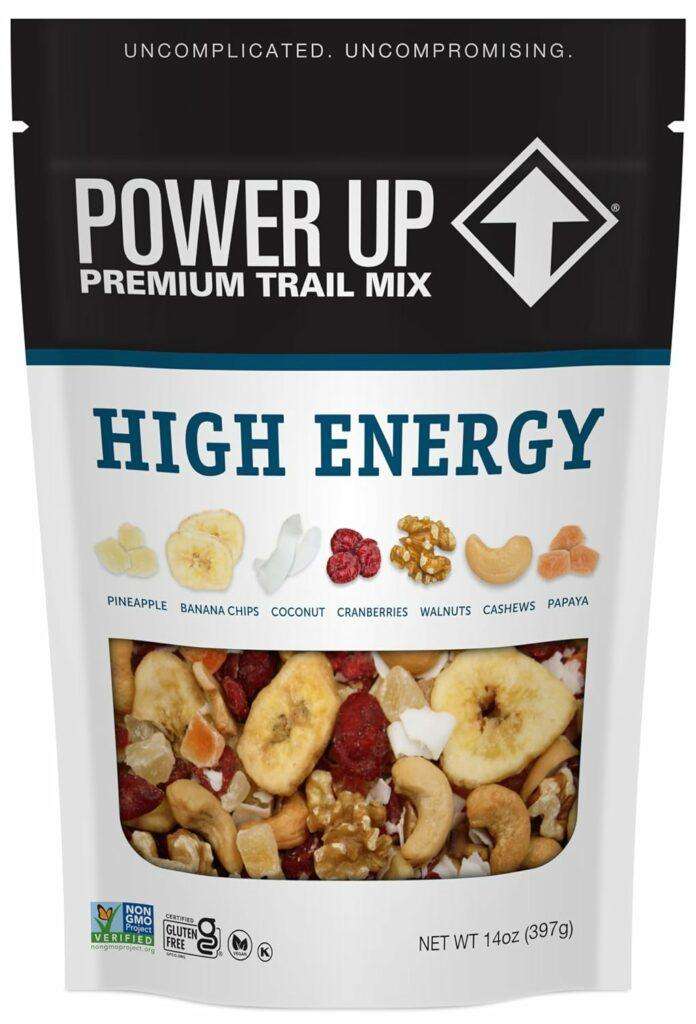
9. HYDRATION
Stay hydrated to optimize performance and mitigate the risk of dehydration. Carry an adequate supply of water and water treatment supplies, especially during longer hikes and in hot weather.
While you are hiking, it’s a good rule of thumb to drink at least 1 liter of water every 2 hours. In hotter weather, you need to increase the amount of water you drink even more and increase the amount to 1 liter of water for every hour of hiking.
Staying hydrated is key to a successful hike, so be sure to pack enough water for your journey. Invest in several durable water bottles or hydration reservoir, and consider bringing along a water filter or purification tablets if you’ll be hiking in remote areas where water sources may be scarce.
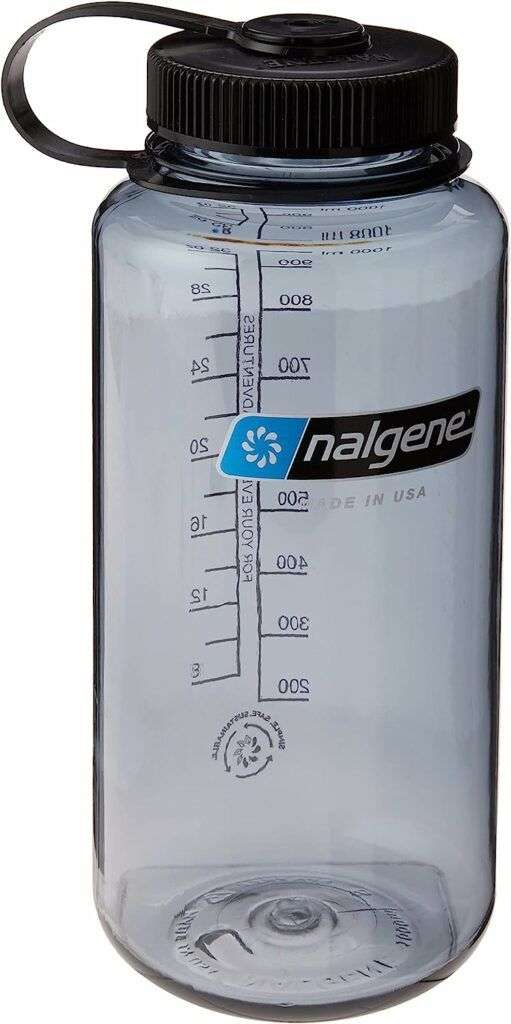
10. EMERGENCY SHELTER/SIGNAL DEVICE
In emergency situations, shelter & signaling devices are paramount for protection against harsh weather conditions and unpredictable circumstances. Options include tents, tarps, bivy sacks, and space blankets, portable phone charger or backup battery. Opt for lightweight and portable solutions.
To increase your chances of getting saved or being heard, the least you should carry is a whistle and ideally a signal mirror and cell phone. A whistle is one of the most valuable safety devices you can carry. It is a little item, but can carry for a mile- which is much further than a human voice. If you get in trouble, remember that three sharp blasts form a whistle is the international signal for distress.
A signal mirror is a small, rectangular piece of reflective glass that turns sunlight into a bright flash of light- this light can be seen up to 10 miles away. And of course if you have your cell phone with you, you can actually call 911 then it could save hours of hiking and waiting for a rescue.
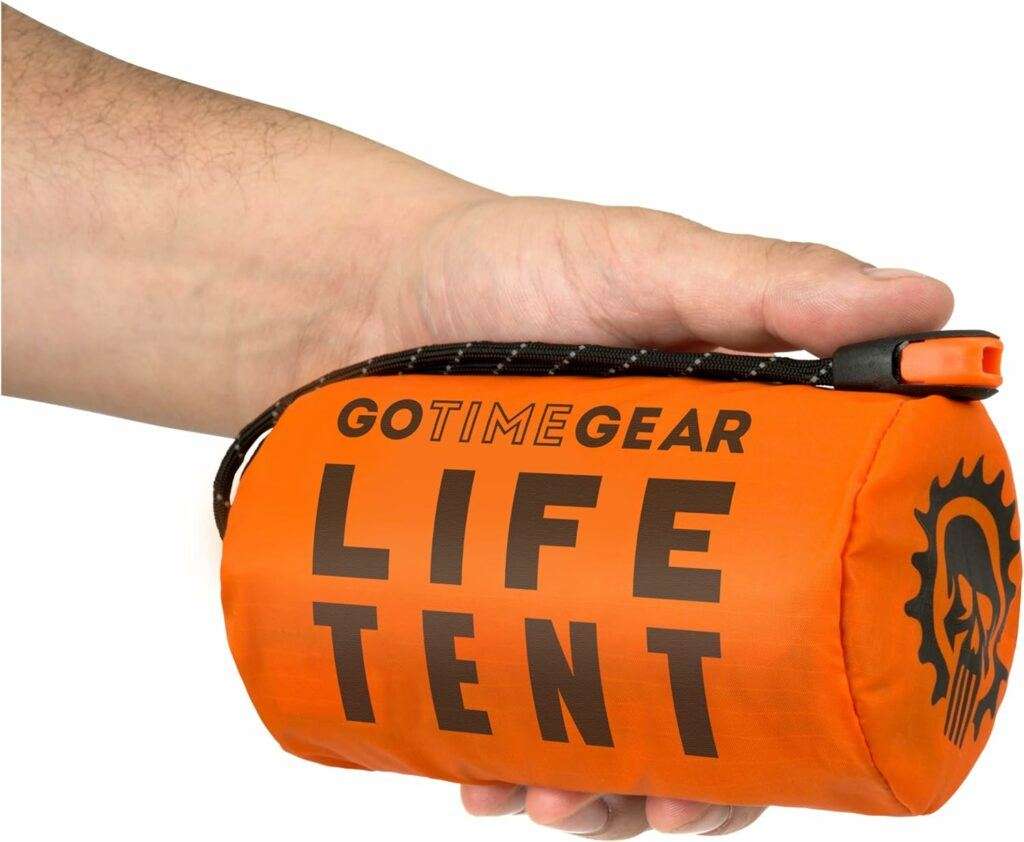
Top Ten Hiking Essentials Summary
Okay- so now you know how important it is to always be prepared! You could not only save your life in case of an emergency, but someone else as well.
Our Top Ten Essentials List:
- Navigation: Map, compass, and GPS
- Sun Protection: Hat, sunglasses, sun protective clothing, sunscreen
- Insulation: Extra clothes, rain gear and an emergency shelter
- Illumination: Flashlights, head lamp, extra batteries
- First Aid Supplies: bandages, antiseptic wipes, blister treatment, and pain relievers
- Fire: Matches, lighter, tinder
- Repair kit & tools: Knives, multi-tool and gear repair kit
- Nutrition: High energy, carbs/protein, Trail mix, fruit
- Hydration: Water bottles/hydration bladder
- Emergency shelter/signal device: Bivy, tarps, whistle, mirror
By packing these essential hiking items, you’ll be well-prepared to tackle your outdoor adventures with confidence and enjoy all the beauty and serenity that nature has to offer. So lace up your boots, sling on your backpack, and hit the trails – the great outdoors is waiting for you to explore!
What has been your experience with the Ten Hiking Essentials? Please leave a comment!



Hi Misty! I like your advice to be prepared for unscheduled emergencies when we hike. There seems to be a fine line between backpacks that are too uncomfortable and those that are incomplete. My experience has been uphill climbing in the Great Smoky Mountains to the highest point of elevation in Tennessee. But this was not as challenging as hikes to unknown destinations. I had a cabin and food waiting for me at the top. Staying hydrated was essential, though the hike was only 4-5 miles – uphill. Great post! Even the smallest contingencies must be considered. Hiking alone seems possibly dangerous to me, which calls for even more care in setting up emergency communication. The Garmin InReach satellite device would give me much more security…..Richard
Hi Richard~ Thanks so much for your comments! I would like to hike in the Smoky Mountains someday~ I’m sure the hiking there is amazing. Nice that you had food waiting for you at the top. I love to eat after a long hike. Best of luck to you on your next hiking adventures!
Hey there! This is a very well-written and informative article on the importance of being prepared and carrying the necessary gear to ensure safe and enjoyable hiking in nature. The “Ten Essentials” list created by The Mountaineers in the 1930s showcases the experience of the hikers back back is still relevant today! A topographic map and compass are essential for navigation in the backcountry, can’t imagine leaving the house without the map! You also mention additional items that can be useful on hikes, such as repair supplies, identification and money, a camera, and trash bags for Leave No Trace principles. Very good advice looking forward to hearing about your hiking adventures.
Hi Eric- you know your history! These 10 essentials have definitely stood the test of time. Thanks for the suggestions on what else to bring- all very important for sure!